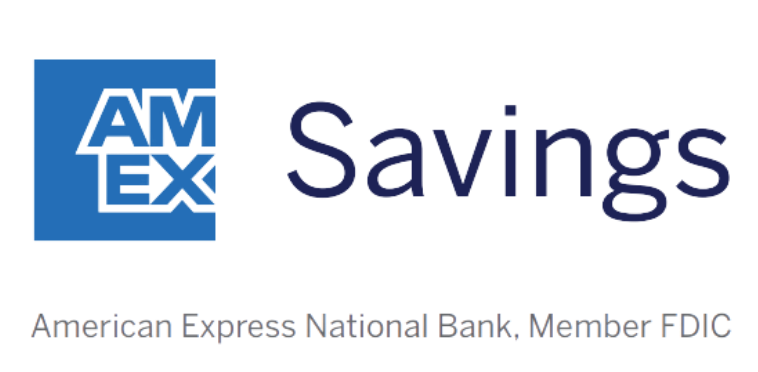Ideally, the bank you use pays you decent interest on your high-yield savings account, makes it easy to pay bills, and allows you access to your balance anytime by phone, website, or mobile app. But perhaps the most important reason for a bank’s existence is to keep your money safer than it would be as cash under your mattress.
Let’s take a closer look at a few signs the bank you’ve chosen is a safe place for your cash.
1. It has FDIC insurance
Don’t put your money in a bank that isn’t a member of the FDIC (or in the case of a credit union, the NCUA, which serves the same purpose). This protects you against a bank failing and all your money going with it.
The Federal Deposit Insurance Corporation is a government agency that was created in 1933, a few years after the major stock market crash that spurred the Great Depression and runs on banks. One big silver lining to this low period in American history was the wave of banking protections enacted to protect consumers’ money.
Our Picks for the Best High-Yield Savings Accounts of 2024
|
Capital One 360 Performance Savings 
APY 4.10%
|
APY 4.10%
|
Min. to earn $0 |
|
American Express® High Yield Savings 
APY 4.10%
|
APY 4.10%
|
Min. to earn $0 |
|
Discover® Online Savings 
|
Min. to earn $0 |
The standard level of FDIC (and NCUA) protection these days is $250,000 per depositor, per insured bank, per ownership category. Some banks offer higher levels, and if you have a lot of money in the bank, it’s worth ensuring that all of it is protected, whether by opting for a bank with more insurance or splitting your deposits between banks. Ensure your bank is FDIC-insured by using the BankFind Suite tool — as of this writing, 4,545 banks are insured.
Ready to boost your savings? Check out our list of the best high-yield savings accounts to find the right fit for you.
2. It’s invested in security features
Beyond just FDIC/NCUA insurance, our favorite safe banks and credit unions have other security features that can keep your money safe. To learn what a prospective bank offers, take some time to read reviews and dig into its website.
Ideally, you’ll find that it has two-factor authentication to log into your account (meaning you might need to enter a code sent via email or text in addition to your name and password) and debit cards with EMV chips (safer than old magnetic stripe cards). You should also be able to opt in for text or email alerts of suspicious transactions, like a debit card purchase made in a store many states away from where you live.
Some banks offer extra features, like single-use card numbers, which can make shopping online safer (they keep your actual card number away from the prying eyes of scammers), and debit card blocking (which lets you freeze your account if your card goes missing).
3. It offers 24/7 customer service
If you have a problem with your bank account or notice a suspicious transaction, you need to get in touch with a fellow human who can help ASAP. Find out how easy it is to get in touch with your bank’s customer service at any given time. You should be able to call any hour and reach someone who can help you.
Some banks offer multiple ways to reach customer service. You might be able to chat online in addition to over the phone, or even message a social media account that’s staffed 24/7. One of my favorite things about my online bank is the fact that I can see on its website how long I might have to wait on hold to speak to someone if I call. It’s very handy.
The safety of your cash should be a top priority when you choose a bank. Focus on these signs to determine whether a given financial institution is worth your time.

